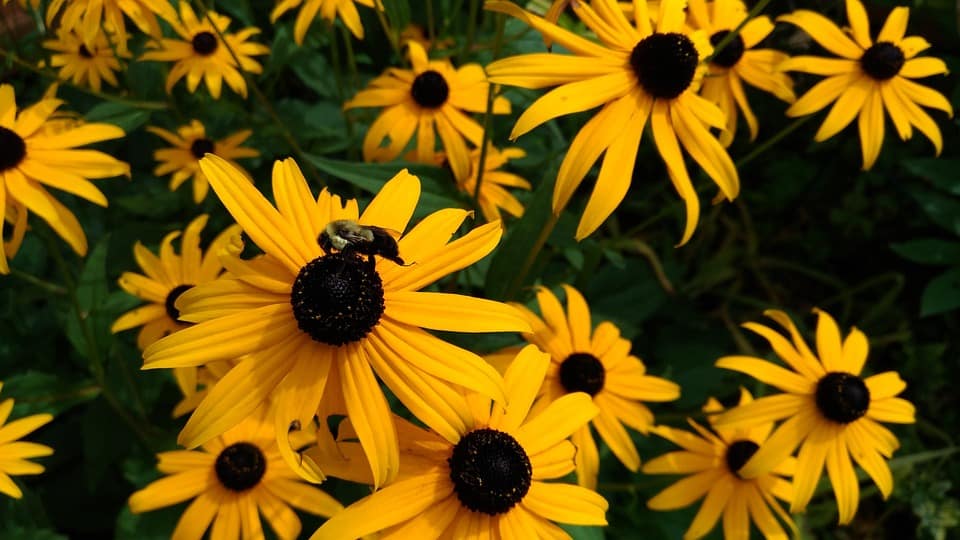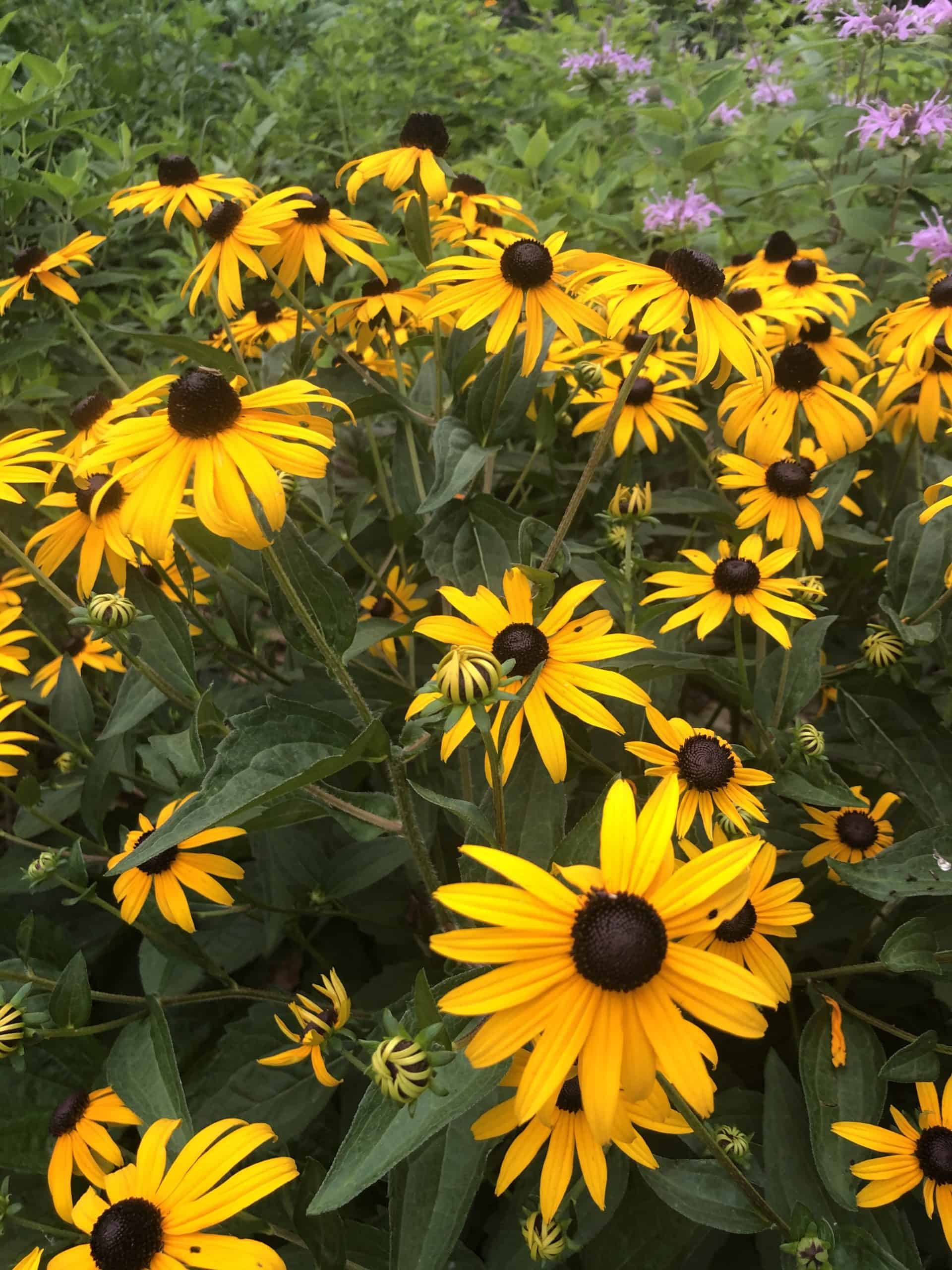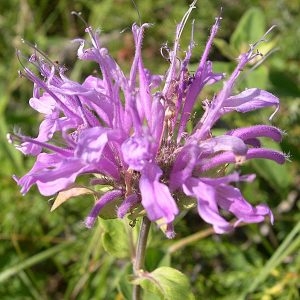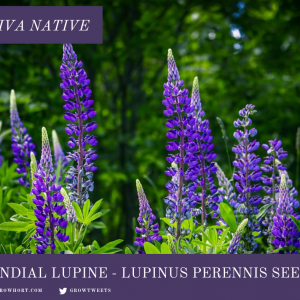Rudbeckia hirta Seeds – Native Wild Flower Garden Pollinator Fresh Seeds
Black-eyed Susan – Rudbeckia hirta seeds are a mid-height early Summer long-season repeat flowering native annual at home in gardens or wildflower meadows. Flowering July thru September and are considered essential for providing nectar for pollinators and plentiful seeds for fall birds.
Raised from my own pollinator-friendly plants these Rudbeckia hirta Seeds – golden daises are a familiar and welcome site thru fall till *late November.
*Requires dead-heading and succession sowing.
Rudbeckia hirta Seeds reach 3ft high when in-flower, a young plant may only have a few flowering stems but as the plant grows durinbg the season the number of flowering stems will dramatically increase.
Hairy mid-green rosette of leaves in Spring make a great background to seasonal bulbs
Thriving on poor soils and competing with grasses annual Rudbeckia is happy on the prairie or at home in the cottage garden, plant with bee balm, goldenrod, and asters.
These Rudbeckia hirta species are widespread with several named species and numerous garden varieties in all shapes, a few color variations, and flower shapes.
Black-eyed Susan is tolerant of dry to mesic soils and flowers best in full sun, can also be grown successfully in a gravel garden.
Popular with an array of pollinators, particularly butterflies and bees.
We hand collect and clean our seeds freshly collected seeds, sow seeds that have been kept refrigerated for 4 or more weeks to help break seed dormancy.
Easy to sow and grow seeds direct where you would like them to flower, in Fall or Early Spring, approx pack quantity minimum of 50+ seeds
I like to grow in pots this way you can break dormancy, simply by moving the pots around and most seeds germinate in batches, care must be taken when picking out to avoid disturbing emerging seedlings.
Pot young plants on until large enough to plant out, this native plant mix prefers poor soil in full sun.
Full instructions, border design and planting ideas available online by searching igrowhort native-seed-collections.
Native plants maintain balance and provide habitat and eco-systems for resident and migratory wildlife. Due to many years of ecological destruction, development and toxic pollution many native wild flowers, and wildlife are under-threat of extinction.
We all have an important role to play, no matter how small your garden or balcony a few plant pots filled with natives instead of alien ornamentals of genetic hybrids that offer very little to no benefit to feeding insects and birds.
Time to make a small difference on a global scale and encourage our neighbors friends and families to sow a patchwork quilt of native wildflowers like a blanket to protect our sacred planet!






